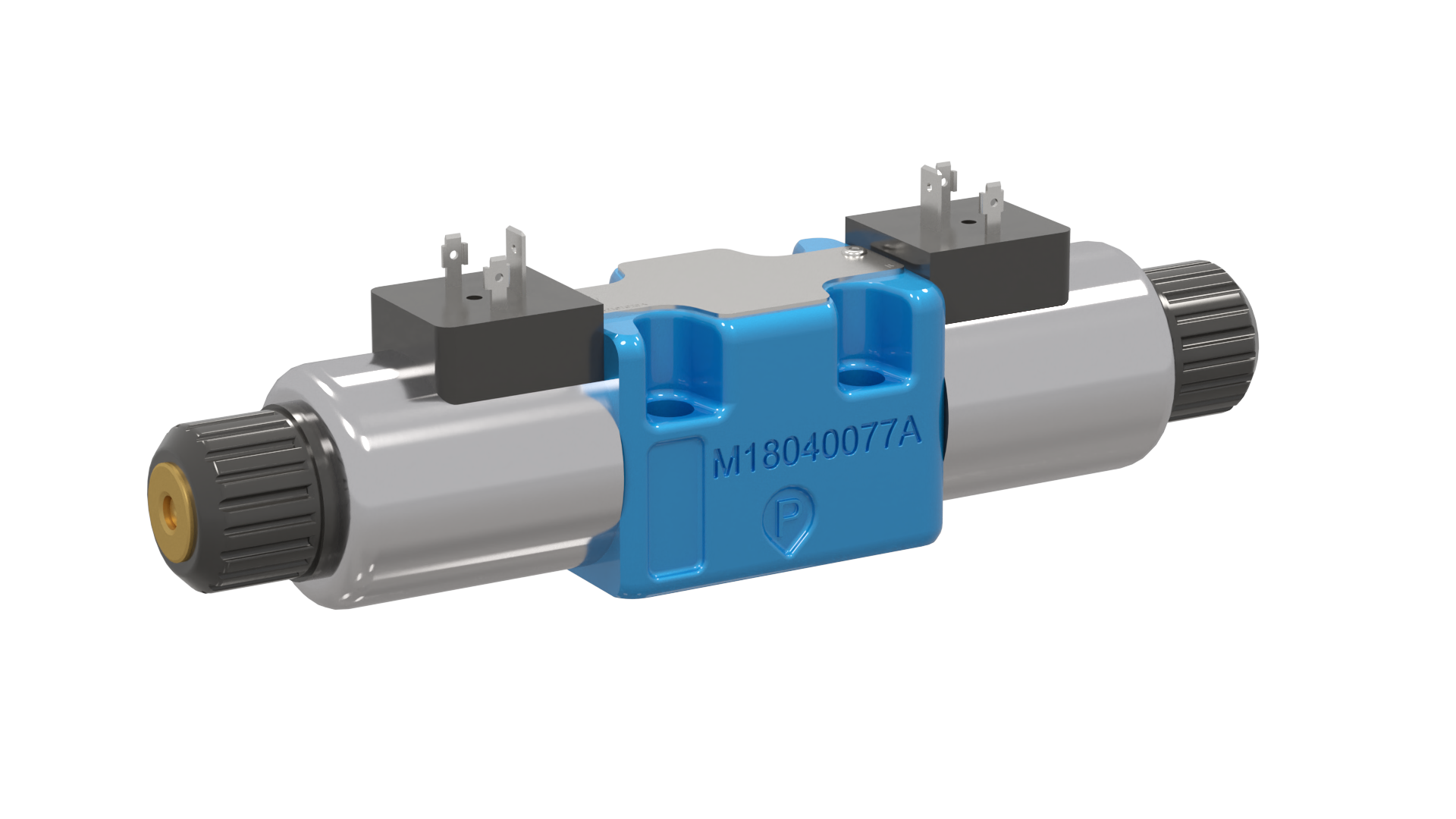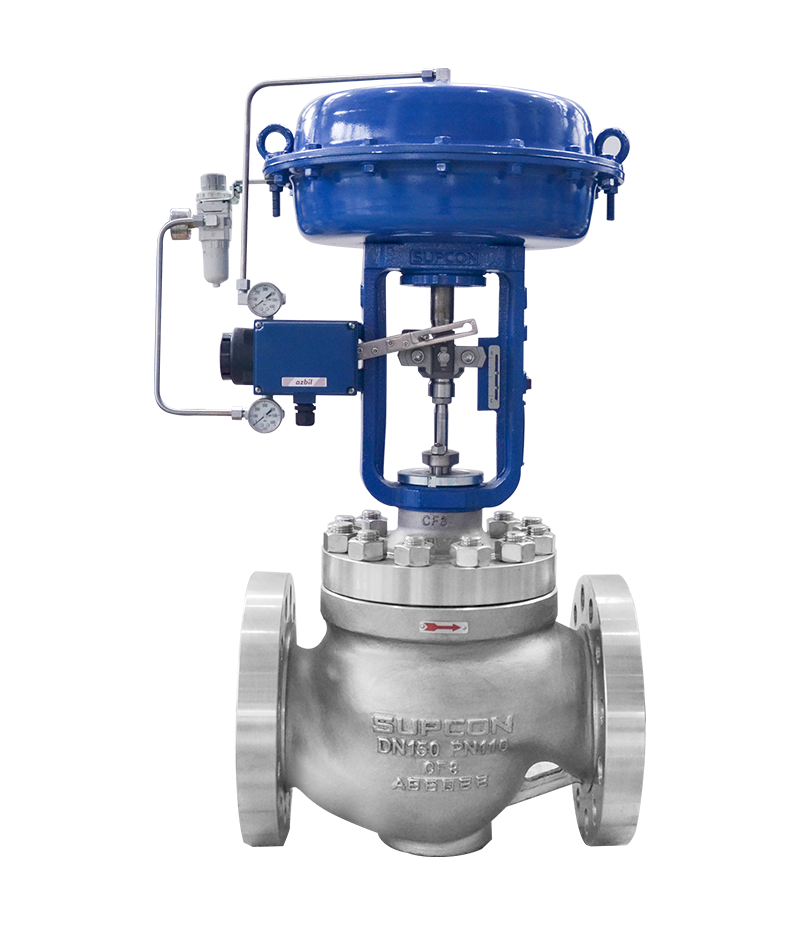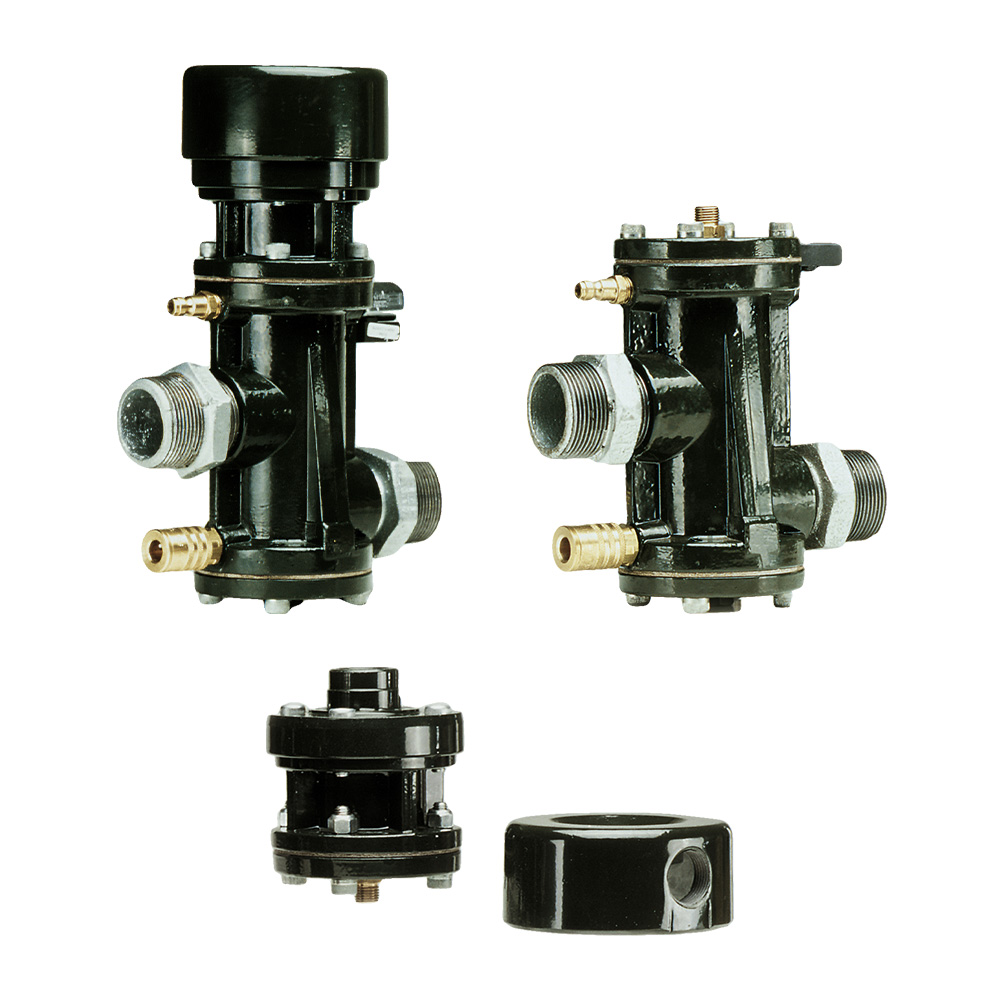Discovering the Capability of Modern Control Valves in Industrial Applications

Maximize Power Cost Savings and Comfort With Advanced Building Automation Controls
In the world of contemporary style and center administration, the combination of advanced structure automation manages stands as a pivotal development. By taking advantage of the power of automation, structures can adapt, respond, and advance in methods that were when unimaginable.
Energy Performance Benefits
Power performance benefits can considerably minimize energy consumption and operational expenses in buildings. By implementing energy-efficient practices and innovations, building owners and operators can accomplish significant financial savings while also contributing to environmental sustainability. One of the main benefits of boosting power efficiency in structures is the decrease of energy costs. Energy-efficient systems, such as advanced building automation controls, can optimize the use of sources like air conditioning, illumination, and home heating, resulting in lower energy expenditures with time.
Moreover, boosted energy efficiency can lengthen the life expectancy of structure devices and systems. By operating extra effectively, cooling and heating systems, light, and other structure elements experience much less deterioration, resulting in reduced upkeep and replacement prices. Additionally, energy-efficient structures typically command greater building values and rental prices, offering lasting monetary advantages to owners.
In addition, energy performance can improve occupant convenience and productivity. Effectively controlled indoor settings with ideal lights and thermal conditions develop a more favorable and pleasant office, resulting in boosted worker fulfillment and performance. Generally, the energy effectiveness advantages connected with sophisticated structure automation controls are complex, incorporating cost savings, environmental stewardship, and passenger health.
Enhanced Comfort Control
Enhancing convenience control in building environments requires a sophisticated integration of advanced automation systems for optimum owner wellness. By utilizing innovative structure automation controls, facilities can customize the interior environment to fulfill the certain requirements and preferences of owners. control valves.
By incorporating these innovative controls, buildings can not only boost comfort however additionally enhance power efficiency by enhancing system procedures based on real occupancy and usage patterns. Inevitably, prioritizing resident convenience via advanced automation systems leads to a much more delightful and healthier indoor atmosphere.
Functional Efficiency Improvements

Additionally, the implementation of real-time surveillance and analytics tools makes it possible for building drivers to identify power inefficiencies and functional abnormalities promptly. By continually checking power usage patterns and system performance metrics, changes can be made in real-time to optimize energy usage and make certain peak operational effectiveness. control valves. In addition, incorporating demand action approaches into building automation controls can better enhance operational effectiveness by dynamically changing power usage based upon grid problems and pricing signals
Indoor Climate Optimization
Reliable interior check this environment optimization is a fundamental element of structure automation controls, guaranteeing owners' comfort and wellness while making the most of energy cost savings. By utilizing sophisticated sensors and controls, constructing automation systems can continually check and adjust temperature, humidity degrees, air top quality, and air flow to develop an optimum interior atmosphere. Preserving comfortable and constant conditions not just improves passenger contentment yet additionally improves efficiency and overall well-being.
Interior climate optimization also plays an essential role in power effectiveness. By fine-tuning air flow, home heating, and cooling systems based upon real-time information and tenancy patterns, developing automation controls can substantially minimize power usage - control valves. Implementing approaches such as demand-controlled ventilation and thermal zoning can help decrease energy waste while ensuring that each location of the building obtains the needed conditioning.

Lasting Atmosphere Development
Building automation controls not just enhance interior environment conditions for power performance and resident comfort yet additionally lay the structure for producing a sustainable environment via calculated administration of resources and systems. By incorporating advanced structure automation modern technologies, such as sensing units, actuators, and intelligent software, centers can adjust and keep an eye on energy use in real-time to decrease waste and minimize their carbon footprint. These systems make it possible for anticipating maintenance, recognizing prospective issues prior to they intensify and optimizing tools performance to boost durability and efficiency.
Additionally, sustainable setting creation expands beyond power administration to encompass water preservation, waste reduction, and interior air high quality improvement. Building automation controls can manage water usage, spot leakages, and make certain appropriate garbage disposal methods, adding to total sustainability initiatives. Additionally, by keeping track of and regulating ventilation and purification systems, these technologies enhance occupant health and wellness and performance while decreasing energy intake connected with a/c procedures.
Conclusion
Finally, progressed building automation manages deal substantial advantages in regards to power savings, comfort control, operational effectiveness, interior environment optimization, and developing a sustainable environment. By executing these controls, structures can attain optimum efficiency while decreasing energy intake and enhancing owner convenience. It appears that making use of sophisticated automation modern technology is vital in enhancing structure efficiency and creating a much more lasting future.
Power performance advantages can substantially minimize power usage and functional expenses in buildings. In general, the energy performance benefits associated with advanced structure automation controls are complex, incorporating price financial savings, ecological stewardship, and see this website passenger wellness.
Additionally, incorporating need action techniques into structure automation controls can additionally enhance functional performance by dynamically changing energy usage based on grid conditions and prices signals.
Building automation controls not just enhance indoor climate problems for power efficiency and owner comfort but additionally lay the structure for creating a lasting environment via critical administration of resources and systems.In conclusion, progressed building automation regulates offer substantial benefits in terms of power cost savings, convenience control, functional effectiveness, interior environment optimization, and producing a lasting environment.